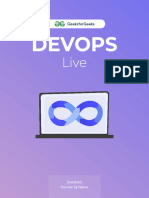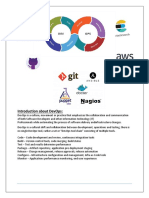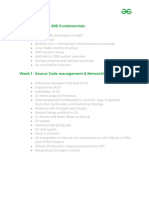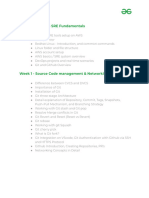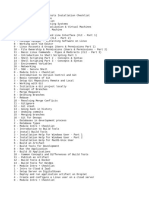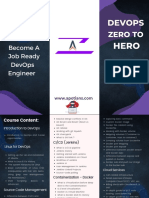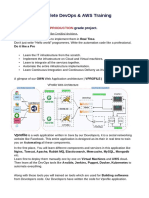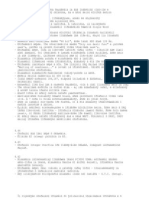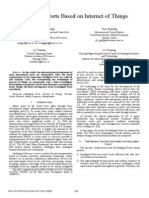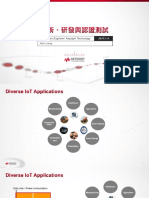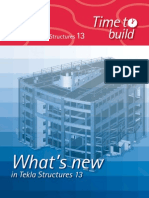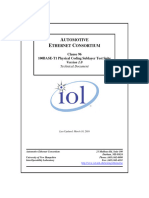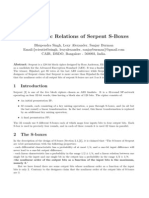0% found this document useful (0 votes)
56 views5 pagesCloud DevOps Course Content
This document outlines the content covered in a foundation course for DevOps and cloud. It includes topics such as Linux, networking, DevOps principles, Git, Jenkins, AWS, Python, Terraform, Ansible, Docker, Kubernetes, and running Kubernetes on AWS using EKS. The course aims to provide students with an understanding of tools and practices across infrastructure provisioning, configuration management, continuous integration/delivery, and containerization.
Uploaded by
ChialuCopyright
© © All Rights Reserved
We take content rights seriously. If you suspect this is your content, claim it here.
Available Formats
Download as DOC, PDF, TXT or read online on Scribd
0% found this document useful (0 votes)
56 views5 pagesCloud DevOps Course Content
This document outlines the content covered in a foundation course for DevOps and cloud. It includes topics such as Linux, networking, DevOps principles, Git, Jenkins, AWS, Python, Terraform, Ansible, Docker, Kubernetes, and running Kubernetes on AWS using EKS. The course aims to provide students with an understanding of tools and practices across infrastructure provisioning, configuration management, continuous integration/delivery, and containerization.
Uploaded by
ChialuCopyright
© © All Rights Reserved
We take content rights seriously. If you suspect this is your content, claim it here.
Available Formats
Download as DOC, PDF, TXT or read online on Scribd
/ 5








